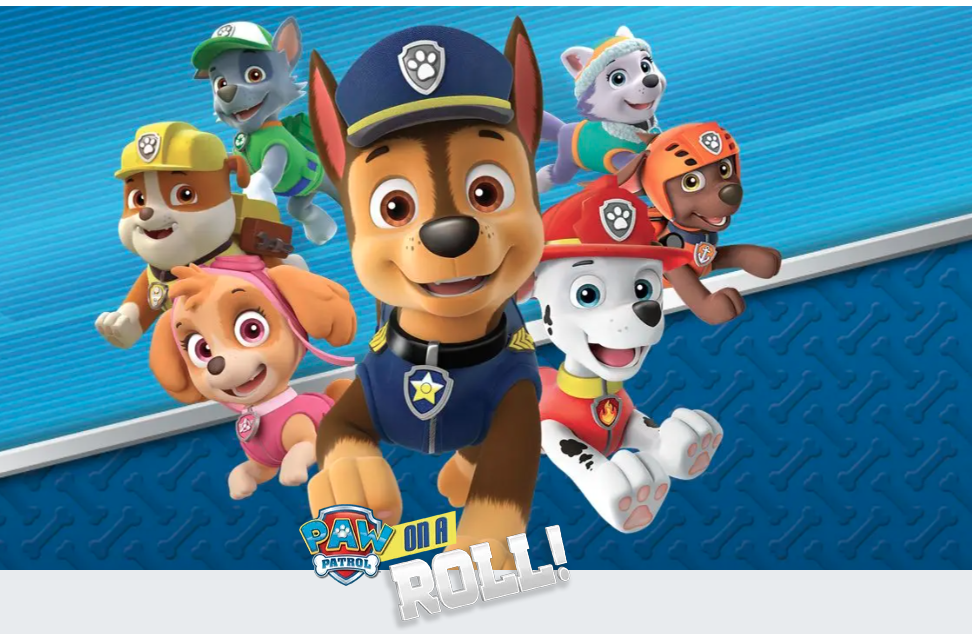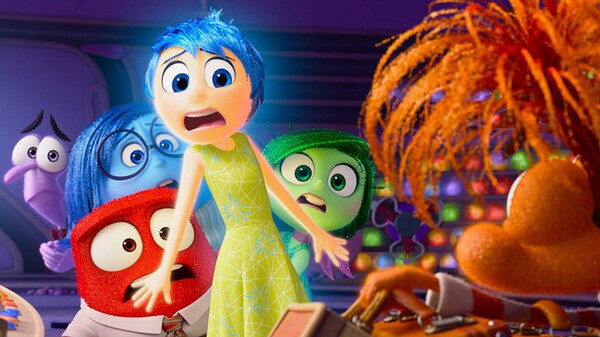How Should Malevolence Be Depicted in Cartoons?
Have you ever wondered if cartoons could discuss the subject of
malevolence?
Professor Marta Brancatisano offers a potential response to this question.
According to her, cinema (here we refer to any sort of depiction) creates
“scandal” when it “does not respect the human grammar.”
In her book Man and Woman, Considerations of Dual Anthropology
(“Uomo e Donna, Considerazioni di Antropologia Duale” Edusc, Rome, 2015),
she explains, “scandal implies the production or communication of a
disruptive effect on the audience through a perverted presentation of evil
or of a person. For example, there is the representation of absolute evil
(complete lack of hope or solution), the lack of identity of evil
(indifferentism), the denial or mockery of basic anthropological
characteristics such as happiness, love, or sacredness of life.”
When malevolence is presented in a joking manner
Who isn’t familiar with the cartoon Tom & Jerry? The
protagonists of this animated series – created in 1940 by William Hanna and
Joseph Barbera – are a cat, named Tom, and a mouse, named Jerry. The two
spend their days fighting and aggravating one another.
It’s a silly cartoon, created at a time when the study of pedagogy was
still in its infancy. Therefore, we will refrain from speaking poorly about
a classic that has entertained generations of children. We’ll simply offer
some food for thought.
In every episode, the cat wants to eat the mouse, but the clever little
mouse always manages to get away. The rivalry goes on forever, often
resulting in catastrophe: broken teeth, smashed hands, spilled buckets of
boiling water, etc. … without there ever being a real winner – nor a real
loser.
While it’s good that “the bully,” Tom, never manages to overpower the
“victim,” Jerry, the two remain in a perpetual conflict that’s never
properly resolved.
While adults can understand the playfulness of their “clashes,” can
children?
The cartoon is meant to be playful. For kids who are at least 8 or 9 years
old, it likely doesn’t scandalize them, since they’re able to understand
the difference between fantasy and reality (in Tom & Jerry,
everything is very surreal. It’s difficult to imagine that it can “convey
negative messages”).
But what can happen if 3- or 4-year-olds watch this cartoon? They are not
yet able to see the silliness in Tom and Jerry’s discord… rather, they
simply know to imitate the behaviors they see.
Recently, a family member of mine would often let my 4-year-old son watch
this cartoon.
He, then, in addition to becoming more mischievous and rough with our cat
(which would sometimes result in the cat lashing out at him), had also
begun to laugh at violent behaviors (seeing them as being “part of a
game”).
That’s when I realized that a cartoon that, to me, is seemingly harmless,
viewed at the wrong developmental age, could have negative effects.
That’s not to say we should burn the creators of this cartoon at the stake.
We just need to be careful not to let our children, who are still too young
to process shows of this nature, watch them at such a young age.
Young children should see positive conflict resolution
Today there are so many cartoons suitable for 3–6-year-olds, in which
violence is not presented as a valid option – not even “as a joke.”
(3–4-year-olds take things literally. They can’t differentiate between
what’s serious and what’s a joke. For them, everything is “real”).
So, let’s look for cartoons that clearly portray bad behavior as bad
behavior – not something silly.
One prime example is the cartoon that we have talked about before on our
portal,
Bing
. In this cartoon, there is no lack of conflict between peers, and there is
no lack of arguing or bullying (reality should be represented as it is,
even if the audience is young); but the creators offer alternative
solutions. Every episode focuses on a particular message. The cartoon shows
children apologizing to one another, while coming to an understanding,
helping them to start over. When someone in the show is angry, they are
listened to, and then helped to overcome their anger. When someone makes a
mistake, it’s seen as a reason for others to learn to be patient. When
someone is selfish, they’re taught to share – even when it’s difficult…
I simply urge parents and grandparents to be vigilant about what our
children watch – especially if they are very young – and explain why
certain behaviors are wrong and destructive, while others make us feel
better.















